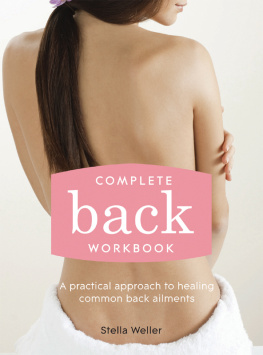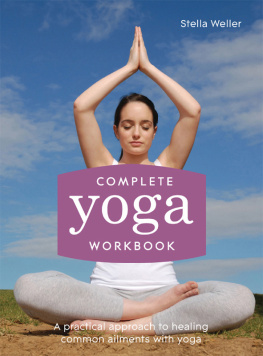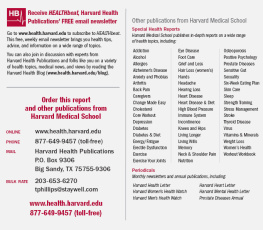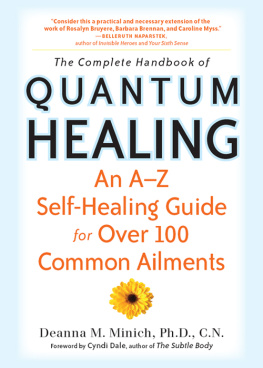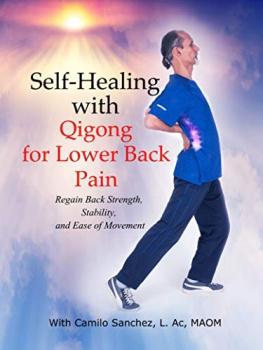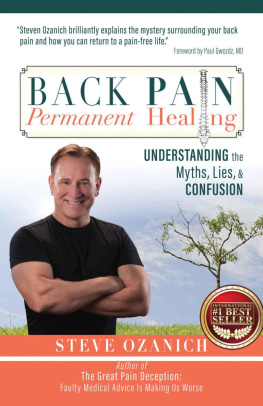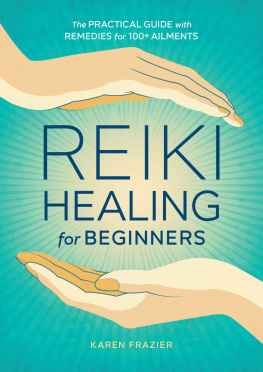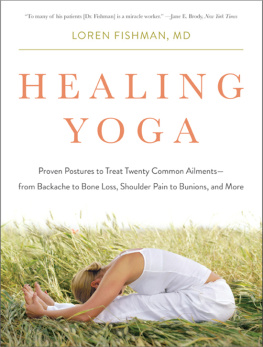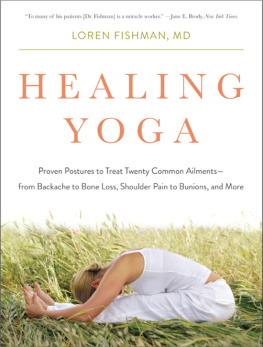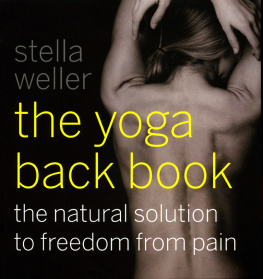

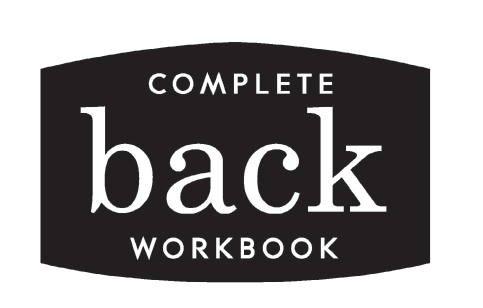
A practical approach to healing common back ailments
Stella Weller

Contents

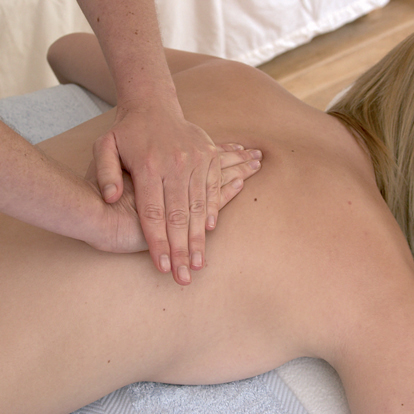

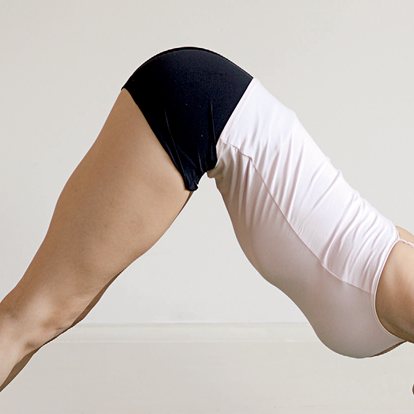

Introduction
The problem of back and neck pain continues to grow and has now reached epidemic proportions in the UK, America and many other countries. Statistics support the enormity of its impact on productivity and finances, but the costs in terms of human suffering are immeasurable. Complete Back Workbook explores what underlies back and neck pain and related symptoms, the various ways of coping with these causes and strategies to promote healing.
The first chapter, Background on the Spine, presents a brief and straightforward overview of the structure and functions of the spine and associated structures. Even a cursory reading will be well worth your while. It will help you to appreciate what can go wrong and why, and also the rationale for the measures suggested to help prevent certain problems from arising.
In What Can Go Wrong we look at the many departures from normal functioning that can occur in various spinal structures, and learn about some common tests and procedures used by health-care personnel to identify these disorders or to assist them in planning treatments.
Coping With Pain explores why pain occurs and the numerous ways of dealing with it, including methods you can try without professional assistance.
You will learn, or be reminded of, the significance of good posture in Posture Matters, and the impact on spinal health of persisting in bad habits when carrying out everyday activities. We also look at ways in which to correct poor habits and so minimise wear and tear on spinal components.
Exercises to help heal back ailments and prevent their occurrence are the focus of our next chapter, Healing Back Exercises. Two healing sequences are offered, in addition to warm-up and cool-down sessions. Also included in this chapter is a reminder of why stretching is so important, and how you can add fun to your exercise programme through the use of a Swiss ball.
Finally, Ailments and Healing Options has information on more than eighteen common ailments that can arise from injury, disease or degeneration of the spine and related tissues: what they are, their symptoms and causes, preventive measures and treatments, both non-surgical and surgical.
Whether youre one of the few fortunate people who have never experienced a back problem, or one of the many who at some time have had to cope with backache or another spine-related ailment, Complete Back Workbook will be of interest to you. It may, in fact, be the only guide youll need in your quest for a strong, healthy, problem-free back.
Background on the Spine
Think of your spine, or backbone, as a strong, flexible column that can rotate and bend backwards, forwards and sideways. It encloses and protects the spinal cord, which is an extension of the brain and which consists of nervous tissue. It supports the head and provides attachment for the ribs, pelvic girdle and muscles of the back.
Spinal bones
The spine is composed of 33 bones called vertebrae (singular: vertebra). Of these, seven are cervical (neck), twelve are thoracic (chest or mid-back) and five are lumbar (in the loins or lower back). Five are fused into one bone called the sacrum (sacred bone) and the remaining four, known as the coccyx (resembling a cuckoos bill), are fused to form a single bone. The upper 24 bones are movable, whereas those composing the sacrum and coccyx are not.
Spinal curves
When viewed from the side, the spine shows four normal curves. The cervical and lumbar curves bulge forwards and the thoracic and sacral curves cup inwards. These curves are important: they increase the strength of the spine, help us to maintain balance when we are in an upright position, absorb shock when we walk and help to protect the spine from fractures.
A typical vertebra
With some variations according to the part of the spine they occupy, vertebrae typically consist of a body, a vertebral (or neural) arch and several processes (projections).
The body , which is the weight-bearing part, forms the front of the vertebra. Its upper and lower surfaces (end plates) are roughened to accommodate the attachment of spinal (intervertebral) discs. The front and sides contain openings for blood vessels.
The vertebral arch is composed of two short, thick pedicles projecting backwards to unite with laminae (bony plates), which are flat.
The processes , seven in number, arise from the vertebral arch. They consist of one transverse process on each side and a single spinous process. These act as levers to which muscles are attached by tendons. The remaining four processes form joints, with vertebrae above and below.
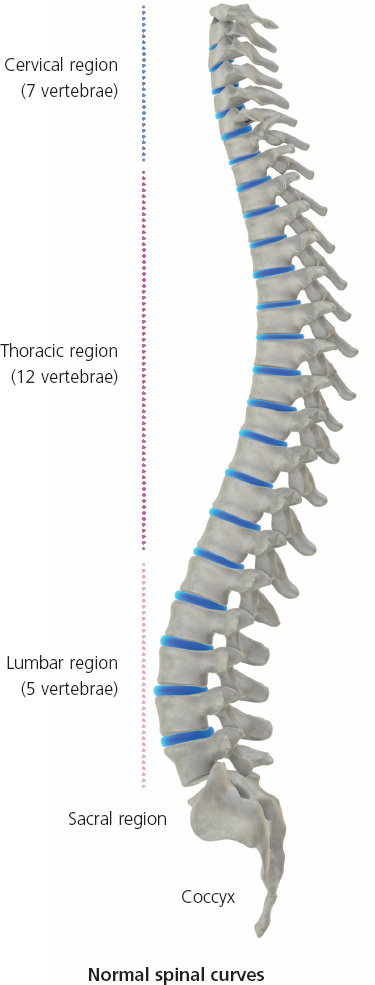

Spinal nerves
Contained within the bony canal that runs the entire length of the spine are the spinal cord and nerves. Between the bones that form the spine are openings (foramina) for the passage of nerves, which connect the spinal cord to various parts of the body.
As the spinal cord approaches the tail bone (coccyx) it forms separate nerves that collectively are known as the cauda equina (Latin for horses tail). These nerves supply the hips, legs, ankles, feet and toes.
Spinal joints
Between every two vertebrae are joints formed by smooth cartilage and strengthened by ligaments that run behind and in front of the vertebral bodies throughout the entire length of the spine. In addition, there are facet joints at the back of the vertebrae.
The facets so-called because of their smooth surface, like that of a cut gem form joints (facet joints) with those of the vertebrae above and below. Each joint is surrounded by synovial membrane, which secretes a lubricating fluid (synovial fluid). The joint surfaces are covered with a smooth cartilage that facilitates the moving of one vertebra on the other.

